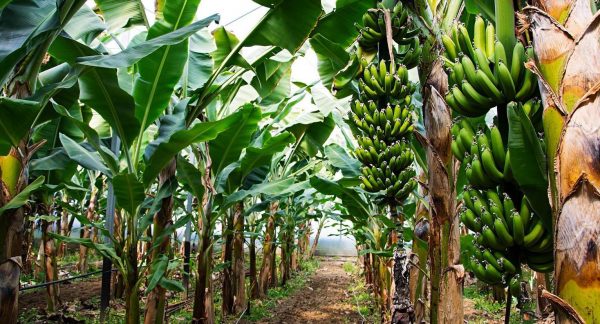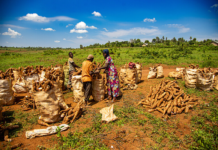Producers in Morocco expect a record-tying harvest of 200,000 tons of olive oil in the 2021/22 crop year. According to provisional data from the International Olive Council (IOC), such a result would vastly exceed the 160,000 tons of the 2020/21 crop year and the 145,000 tons of 2019/2020.
“This year, we have suffered a lot of heat until well into the harvest, which made us prolong the irrigation period,” said Omar Tagnaouti Moummani, export and development director, Olea.
According to the Fédération Interprofessionnelle Marocaine de l’Olive (Interprolive), the 21% growth expected in the current crop year over the previous one is due to the constant expansion of olive farming bearing fruit. Interprolive estimates that the almost 800,000 hectares of olive groves in 2010 have soared to 1.2 million hectares in the current season.
Development plan
“The olive oil production chain has benefited from relevant privileges within the Maroc Vert strategy,” Interprolive director Mohamed Khannoufi wrote in a document reported by L’Opinion.
Maroc Vert, or Green Morocco, is a wide-ranging multi-year agricultural development plan enacted by the government. Supporting agricultural activities, such as olive growing, was among its goals. According to Juan Vilar Strategic Consultants, the pace of olive farming development is quickly leading the country to be one of the most relevant global producers.
IOC data show how Morocco’s production has steadily increased over the last two decades. It rose from an average of 75,000 tons between 2001 and 2010 to 133,000 tons the following decade. In the last four crop years, Morocco has produced an average of 176,000 tons per annum.
Morocco is quickly becoming one of the largest olive oil producers outside of the European Union, joining the likes of Turkey and Tunisia, which produced 227,500 tons and 240,000 tons, respectively, according to the IOC.
Khannoufi said these figures are a “consequence of the relevant development of surface, production strategies and transformation facilities. As a result, the total yearly fruit production ranges between 1.4 million and 1.9 million tons.”
Today, the sector generates 51 million work-days a year, representing 13 percent of the whole agricultural labor hours in the country. The IOC estimates that once the current olive farm expansion has reached its goals, it could support 300,000 employees in the sector. Among the challenges for local olive farmers is the country’s hot and arid climate, which necessitated a significant expansion of irrigation services and technologies.








